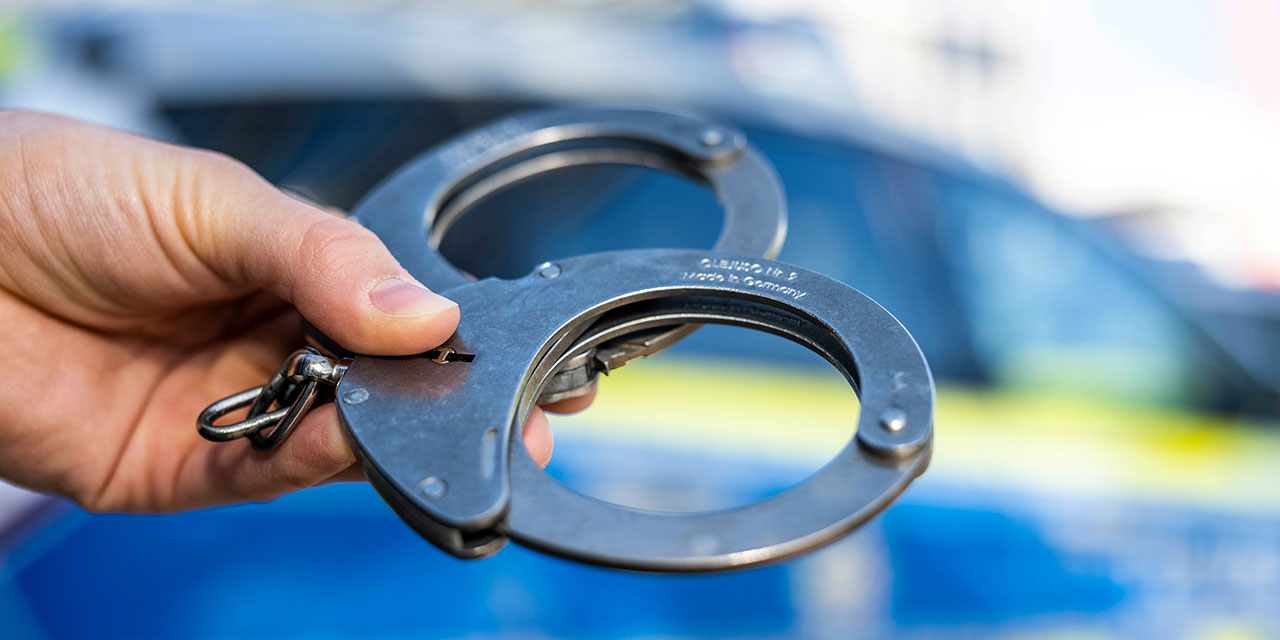Though academics, the media, and politicians can’t seem to agree on much when it comes to crime in the United States, three stubborn facts generally apply.
First, crime is heavily concentrated by place. As a general matter, 5 percent of the locations in a given city account for 50 percent of that city’s crime. This finding has been replicated so often that it is sometimes referred to as “the law of crime concentration.” As David Weisburd and Taryn Zastrow note in a recent Manhattan Institute report, “there is tremendous consistency in the degree to which crime is concentrated at hot spots across cities.” This is not just a matter of neighborhoods: between 3 percent and 5 percent of specific addresses on city blocks generate 50 percent or more of reported crimes. And if the focus is strictly on violent crime, such as shootings, then even fewer locations—perhaps a drug house or a liquor-store check-cashing operation—are magnets for an even greater percentage of violent crime.
This first rule has important implications for law enforcement. Identifying and concentrating on hot spots can yield big rewards. Merely parking a patrol car outside of these addresses can lessen crime; even better to identify what exactly is going on there. Some crime may be displaced to other locations when the police shut down hot spots, but evidence shows that suppressing crime at these magnet addresses may create a diffusion of benefits that extends beyond the hot spot. After all, setting up another stash house or problematic liquor store is not always so simple.
Second, violent crime is heavily concentrated in a relatively few individuals. In general, 5 percent of the criminal offenders (not 5 percent of the general population) in a given city commit about 50 percent of that city’s violent crime. One study found that just 1 percent of offenders were responsible for over 60 percent of violent crime.
The concentration of crime among people reinforces the need for precision policing. If the police and prosecutors are able to focus on this high-offending cohort, they can respond with enhanced investigative efforts and increase the chance that these “violence generators” will face arrest, conviction, and sentencing for their crimes. Identifying the small fraction of the most dangerous criminals and taking them out of circulation reduces the violent crime rate—in a recent paper, Penn criminologist Aaron Chalfin notes that when the NYPD arrested and prosecuted members of violent criminal gangs, gun violence in gang areas fell by approximately one-third in the first year after a gang takedown. Focusing on the worst of the worst also eases the load on the criminal-justice system. In a hypothetical city of 1.5 million people with 100,000 criminal offenders, the police department has an achievable goal of targeting 5,000 violent offenders, rather than the Sisyphean task of proactively monitoring every criminal. Creative diversion programs for low-risk offenders can also preserve space in correctional facilities.
Third and finally, crime is concentrated in time. It is predictable by hours, days of the week, and season. The small percentage of chronic offenders who generate the majority of serious crime and violence aren’t actively committing crime all day, every day. Instead, the criminal activity in crime hot spots and among chronic offenders tends to occur at night, during the weekends (Thursday night through early Sunday morning), and in the summer. In Philadelphia, for example, robberies and murder peak during the evenings between 10:00 p.m. and 1:00 a.m. The weekends are obvious triggers for violent crime, as there are simply more potential offenders and victims on the streets. And summer is the most dangerous time of year in most of the United States.
The concentration of crime by place, people, and time provides three facts that suggest crime control policy should be similarly focused on the “power few”—the small percentage of locations, offenders, and times that generate the majority of serious crime and violence. Staffing and visible police presence should peak during dangerous times. Evidence suggests that crime prevention that focuses on the power few will yield major benefits, all while not creating collateral consequences for the communities and individuals most likely to suffer from criminal victimization.
Facts are stubborn things, as John Adams reminded us. Crime is highly concentrated in specific locations, among relatively few individuals, and disproportionately during specific times of the day and year. The police know the where, who, and when of violent crime. Targeting those attributes can make law-abiding citizens safer. While chronic offenders responsible for the disproportionate share of crime may be less amenable to the threat of punishment, efforts that focus on reducing the risks of incidents by place, offenders, and time will have major crime control benefits. Each of these three facts has straightforward implications for crime-control policy in America.
Photo by David Inderlied/picture alliance via Getty Images
